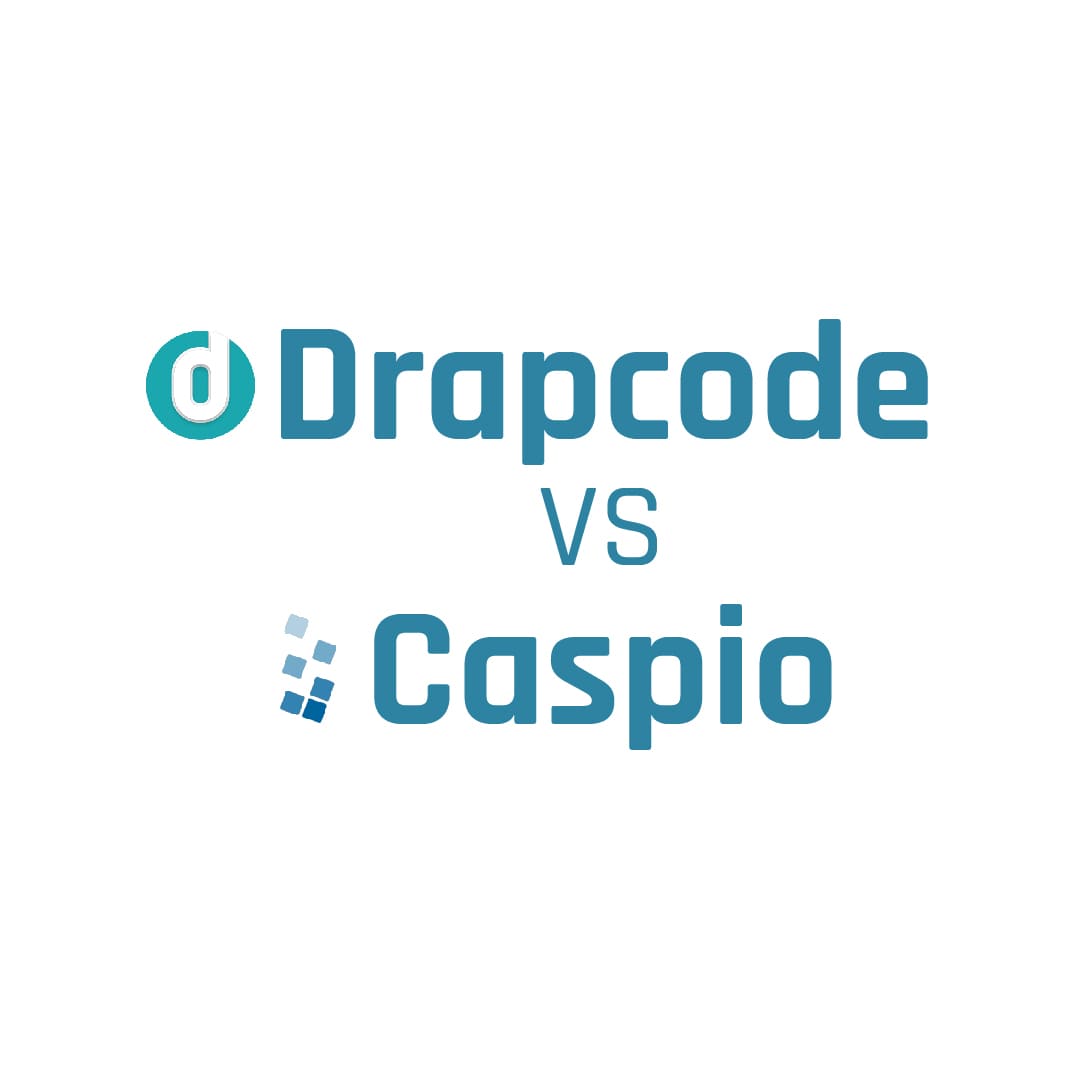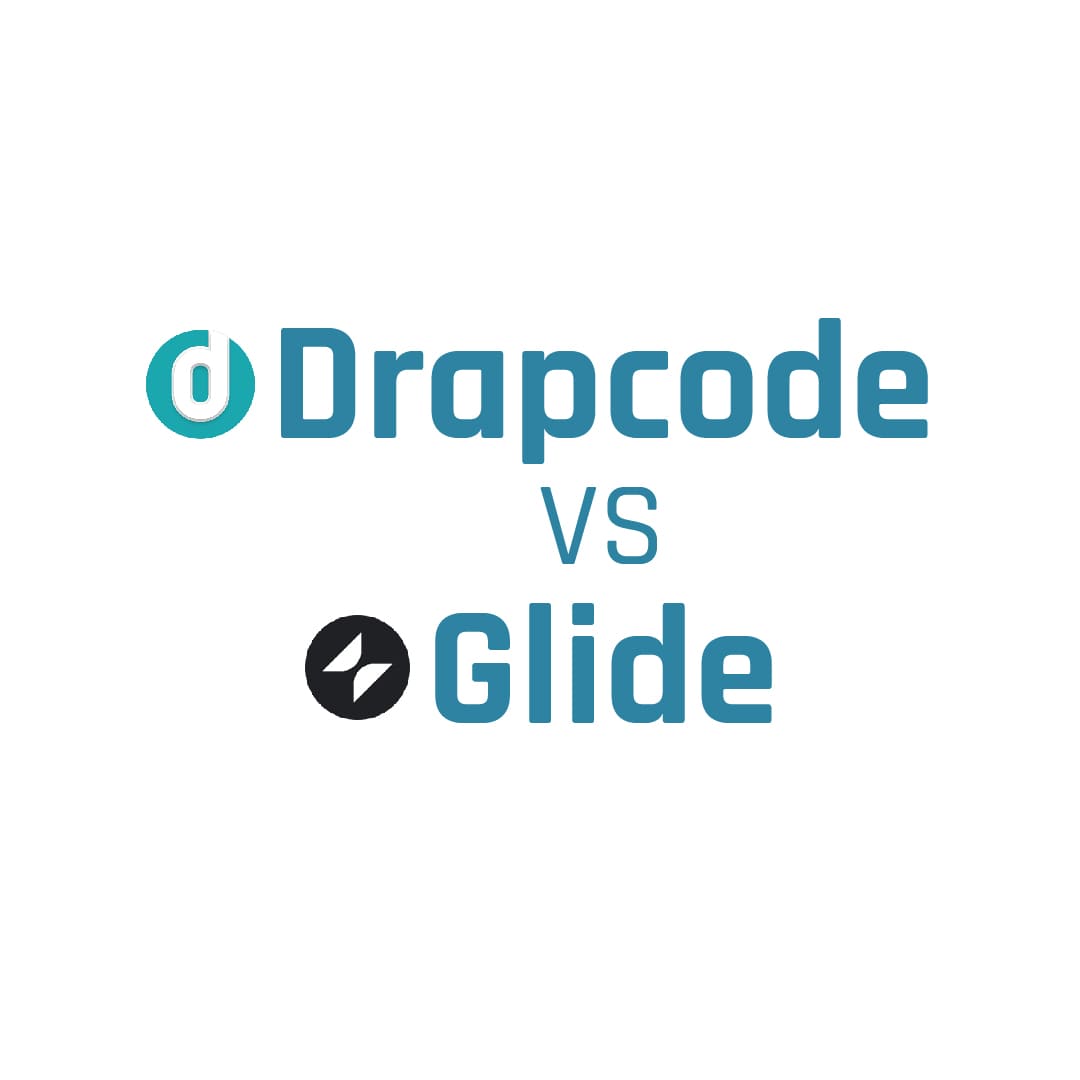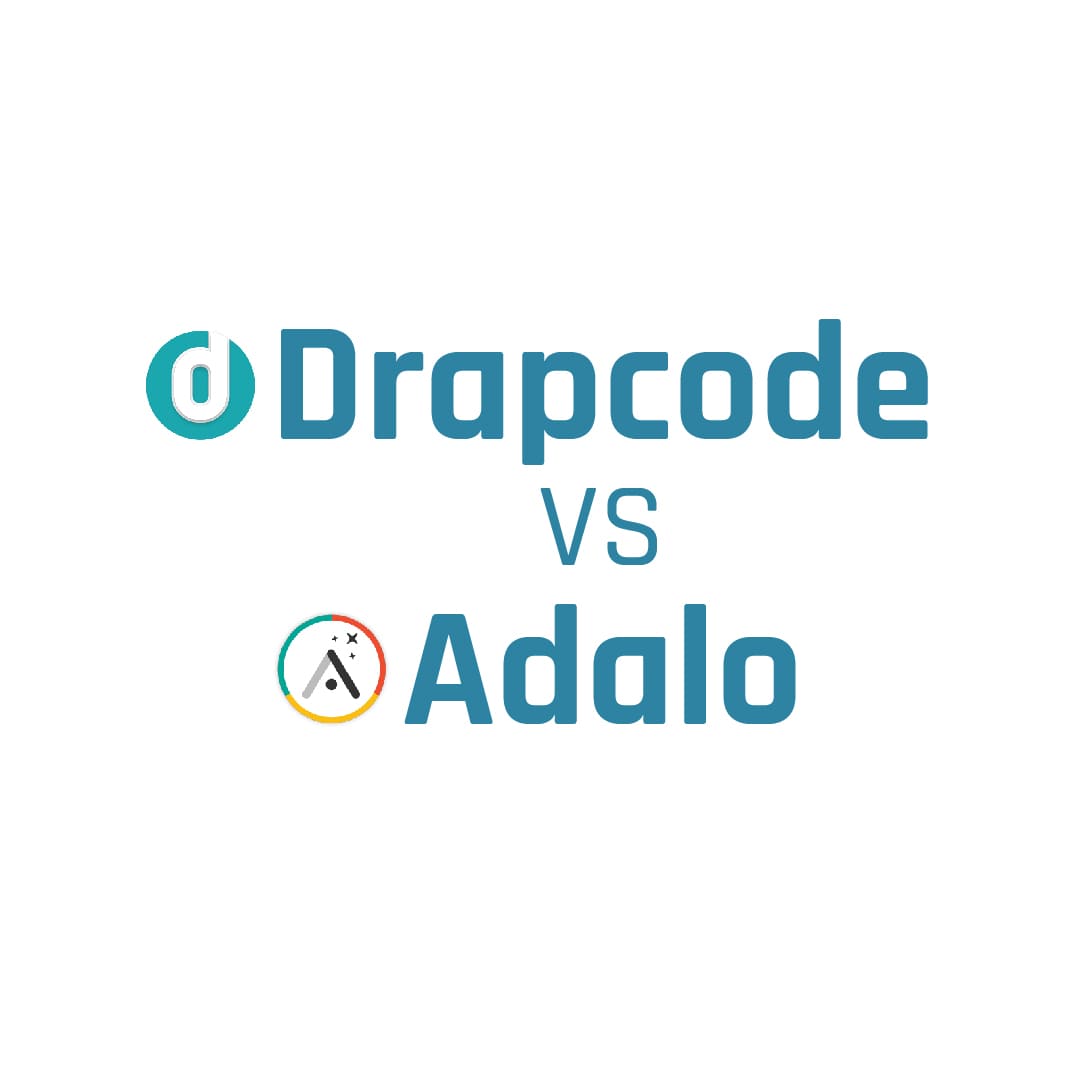
DrapCode vs Caspio
DrapCode is the best alternative to Caspio to build your web app without writing code.
DrapCode vs Glide
DrapCode is the best alternative to Glide to build your web app without writing code.
| DrapCode | Glide | |
|---|---|---|
Visual Interface | done | done |
Robust Community | done | done |
Feature Rich | done | done |
Data Encryption | done | clear |
Self Hosting | done | clear |
Code Export | done | clear |
100% Custom UI | done | clear |

The no-code uprising is empowering businesses and individuals to build web applications, making it accessible to those without a technical background. Two popular no-code platforms in this space are DrapCode and Glide. Both offer unique features, but they cater to different needs and audiences. In this comparison, we’ll delve into the strengths and weaknesses of each platform, helping you decide which one is the best fit for your project.
This table format highlights the key features and differences between DrapCode and Glide, making it easy to compare them at a glance.

DrapCode is suited for users looking to build complex web applications with advanced features.
Glide is best for users who need to create simple, data-driven mobile apps quickly.

DrapCode offers a feature-rich and flexible platform, which may require a steeper learning curve.
Glide is extremely easy to use, ideal for beginners and non-technical users.

DrapCode provides extensive customization options, allowing for intricate and detailed app design.
Glide offers limited customization, focusing on simplicity and speed of development.

DrapCode supports a wide range of third-party integrations, offering more flexibility.
Glide primarily integrates with Google Sheets, with fewer third-party options.

DrapCode offers cloud hosting, self-hosting, and more, providing greater control over deployment.
Glide focuses on mobile deployment, with limited options compared to DrapCode.

Certainly! Here’s a table comparing the important features of DrapCode and Glide with ticks and crosses:
Features | DrapCode | Glide |
|---|---|---|
| Complex Web App Development | ||
| Mobile-First App Development | ||
| Drag-and-Drop Interface | ||
| Extensive Customization | ||
| Pre-built Templates | ||
| Google Sheets Integration | ||
| Third-Party Integrations | ||
| Real-Time Updates | ||
| Cloud Hosting | ||
| Self-Hosting | ||
| Easy to Use for Beginners | ||
| Advanced Deployment Options | ||
| Support for Complex Logic |
Based on the below comparisons you can decide why you need DrapCode to build your Enterprise grade software.

DrapCode is the best alternative to Caspio to build your web app without writing code.

DrapCode is the best alternative to Adalo to build your web app without writing code.

DrapCode is the best alternative to Bubble to build your web app without writing code.
Don't worry about coding. Build your app the no-code way.